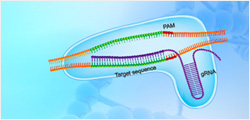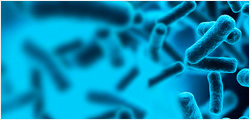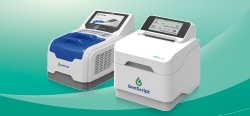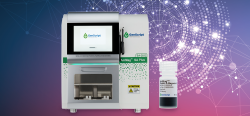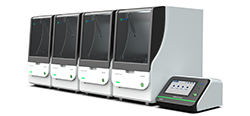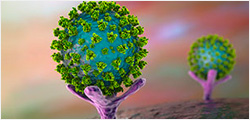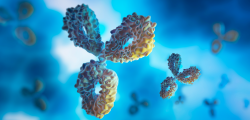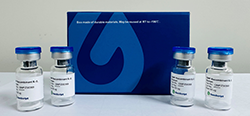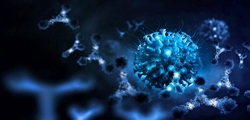| Specificity |
The antibody reacts with various forms of GFP including eGFP, OFP, and GFPuv. |
| Host Species |
Mouse |
| Immunogen |
Purified recombinant cGFP fusion protein |
| Conjugate |
Unconjugated |
|
The investigator must determine the ideal working concentration for each specific application.We have not yet determined the suitability of this antibody for applications other than those listed below.The ideal working concentration must take into account such factors as secondary antibody affinity, antigen concentration, sensitivity of the detection method, temperature, and length of incubations. |
| Application |
Recommended Usage |
| ELISA |
0.1-1.0 μg/ml |
| Western Blot |
1.0-2.0 μg/ml |
| Western Blot |
1:100-1:1,000 |
|
| Form |
Lyophilized |
| Storage Buffer |
Lyophilized with PBS, pH 7.4, containing 0.02% sodium azide |
| Reconstitution |
Reconstitute the lyophilized powder with deionized water (or equivalent) to an final concentration of 1 mg/ml. |
| Storage Instructions |
The lyophilized product remains stable for up to 1 year at -20 °C from the date of receipt. Upon reconstitution, it can be stored for 2-3 weeks at 2-8 °C or for up to 12 months at -20 °C or below. Avoid repeated freezing and thawing cycles. |
| Purification |
Protein G affinity column |
| Isotype |
Mouse IgG2b |
| Clonality |
Monoclonal |
| Clone ID |
5E5G11 |
| Target Background |
The coral green fluorescent protein (cGFP) from vector pRNATin-H1.2/Neo (GenScript, SD1223) is a versatile marker for monitoring physiological processes, visualizing protein localization, and detecting transgenic expression. Mouse Anti-cGFP-tag Monoclonal Antibody can be used to detect cGFP fusion protein in Western blot analyses. |
| Synonyms |
Mouse Anti-cGFP-tag mAb;Green Fluorescent Protein |
For laboratory research use only. Direct human use, including taking orally and injection and clinical use are forbidden.





